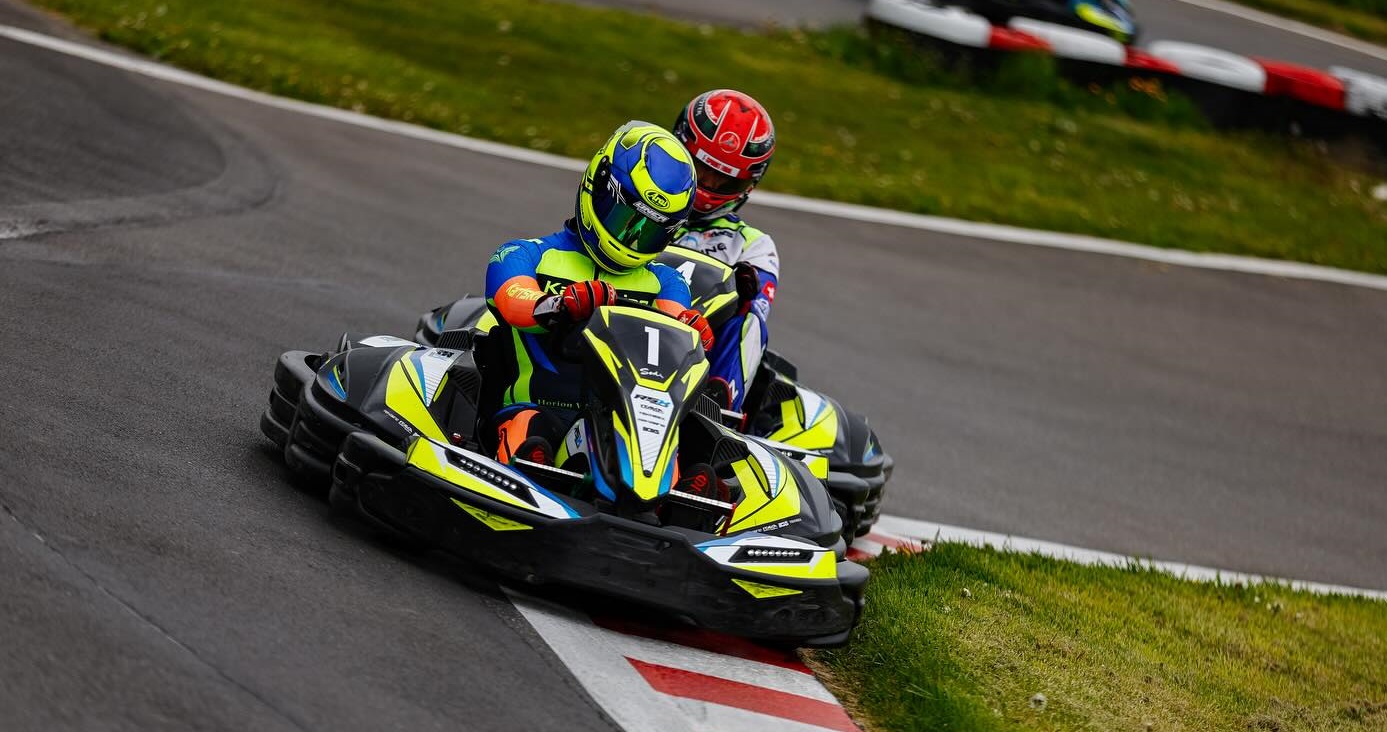Sodi World Series (SWS): The global competition dedicated to leisure karting
By RobinB on 17 June 2025 KartingAll around the world, you can find rental kart races, organized by circuits, associations or other organizers. Some give rise to well-structured championships, but they mostly remain local in scale.
On a global scale, only one competition truly stands out in leisure karting: the Sodi World Series (SWS). Launched in 2009 by the French manufacturer Sodikart, this series has gradually built a vast network of circuits and drivers across the globe 🌍
Today, it is simply the largest international ranking dedicated to rental karting. Open to all, with no license or prerequisites needed, all you have to do is create an account online to take part in competitions. Drivers can then participate in SWS races – whether 4-stroke, 2-stroke or electric – and climb the rankings, either for fun or with the hope of qualifying for the grand world final 🤩
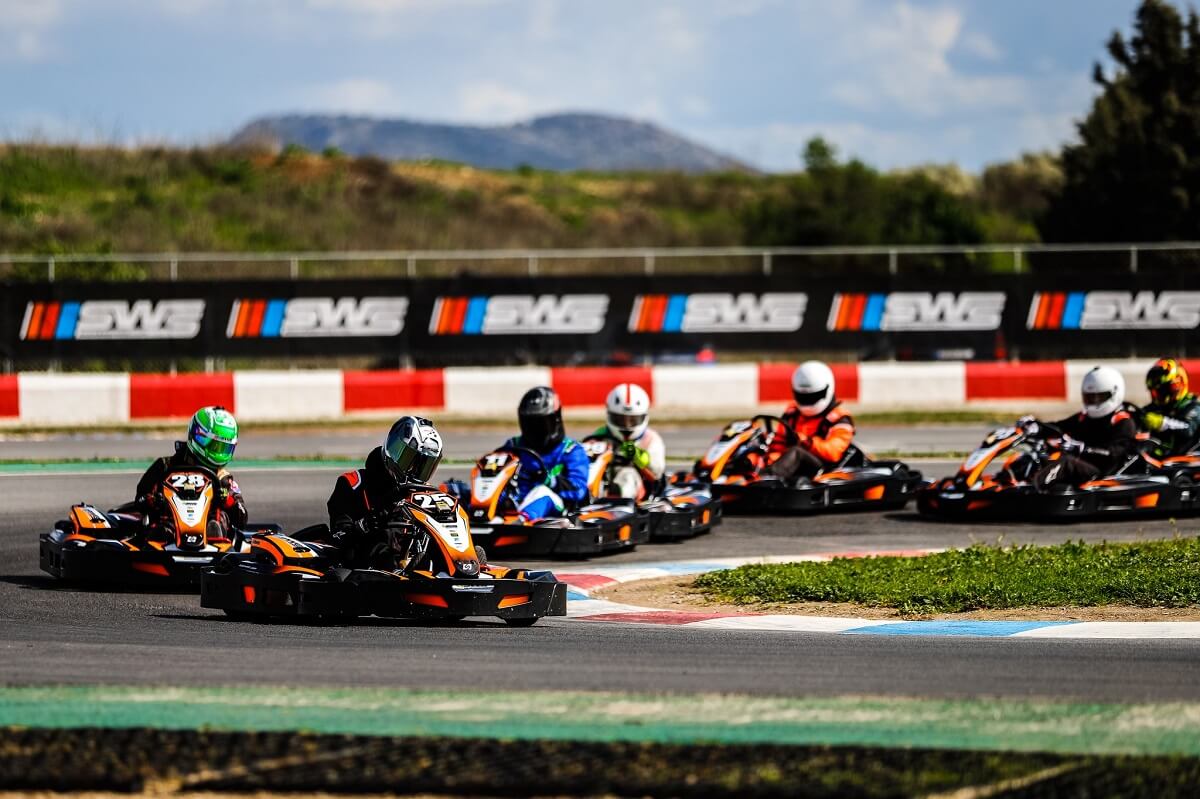
Why is leisure karting becoming more and more popular?
The rise of rental karting is largely due to the increasing costs of traditional “competitive” karting, especially with 2-stroke engines. The budgets required to race in official events have skyrocketed, making the discipline less accessible for many private drivers 😞
ℹ️ As an example, a season in regional competition can easily exceed €20,000, and budgets can go over €200,000 per year at the international level 🤑
Between the cost of the chassis, engine rebuilds, consumables, travel and entry fees, competing in 2-stroke karting (X30, Rotax Max, KZ…) represents a significant investment.
See also: "What is the budget required to drive a competitive kart ?"
In light of this, many enthusiasts are turning to 4-stroke leisure karting, which is more flexible and above all much more affordable 😌
The concept is simple: you drive karts provided by the circuit, usually rugged 4-stroke models that are less powerful than 2-stroke karts (9 to 15 hp, around 70 to 80 km/h top speed), but more than enough for fun. No need to store, maintain or transport your own equipment. Races are offered à la carte, at affordable rates, with no commitment to a full season: it doesn’t get any simpler 👌
This accessibility has allowed many amateurs — and even some experienced drivers — to join rental karting competitions. As a result, interest in leisure championships keeps growing. The Sodi World Series is a great indicator of this, with a clear increase in the number of events and participants in recent years 📈
In 2024, more than 14,000 SWS races were held around the world, compared to around 10,800 in 2023. The community is also expanding: over 135,000 drivers are now registered on the platform across all categories 😲
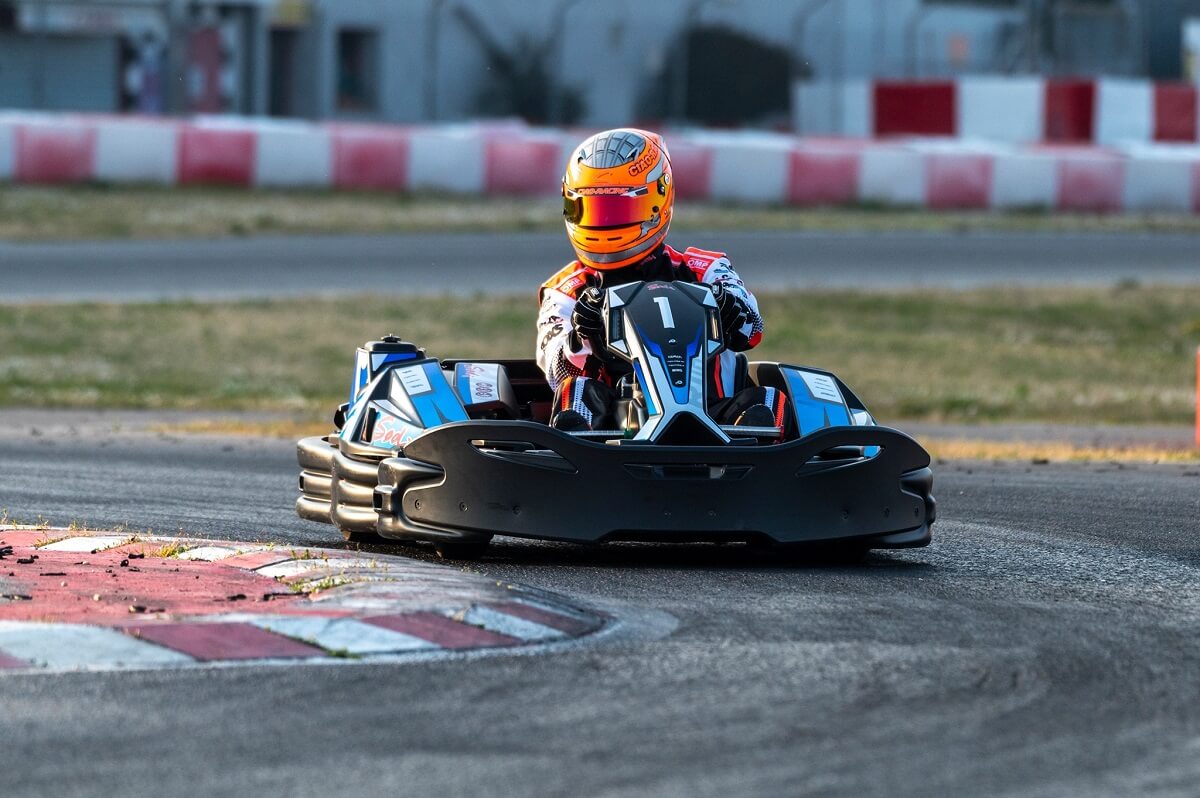
Sodikart, world leader in rental karting
You can’t talk about the SWS without mentioning Sodikart, the company behind the concept. Founded in France in 1981, Sodikart is now the world’s leading kart manufacturer, present in over 100 countries across five continents. The brand first made its name in competition (with its Sodi chassis), before developing a wide range of rental karts in the 1990s under the name Sodi Rental.
Since then, it has introduced many innovations in leisure karting: patented safety systems, two-seater models, electric karts… Today, more than 1,600 circuits around the world use its karts, both indoor and outdoor.
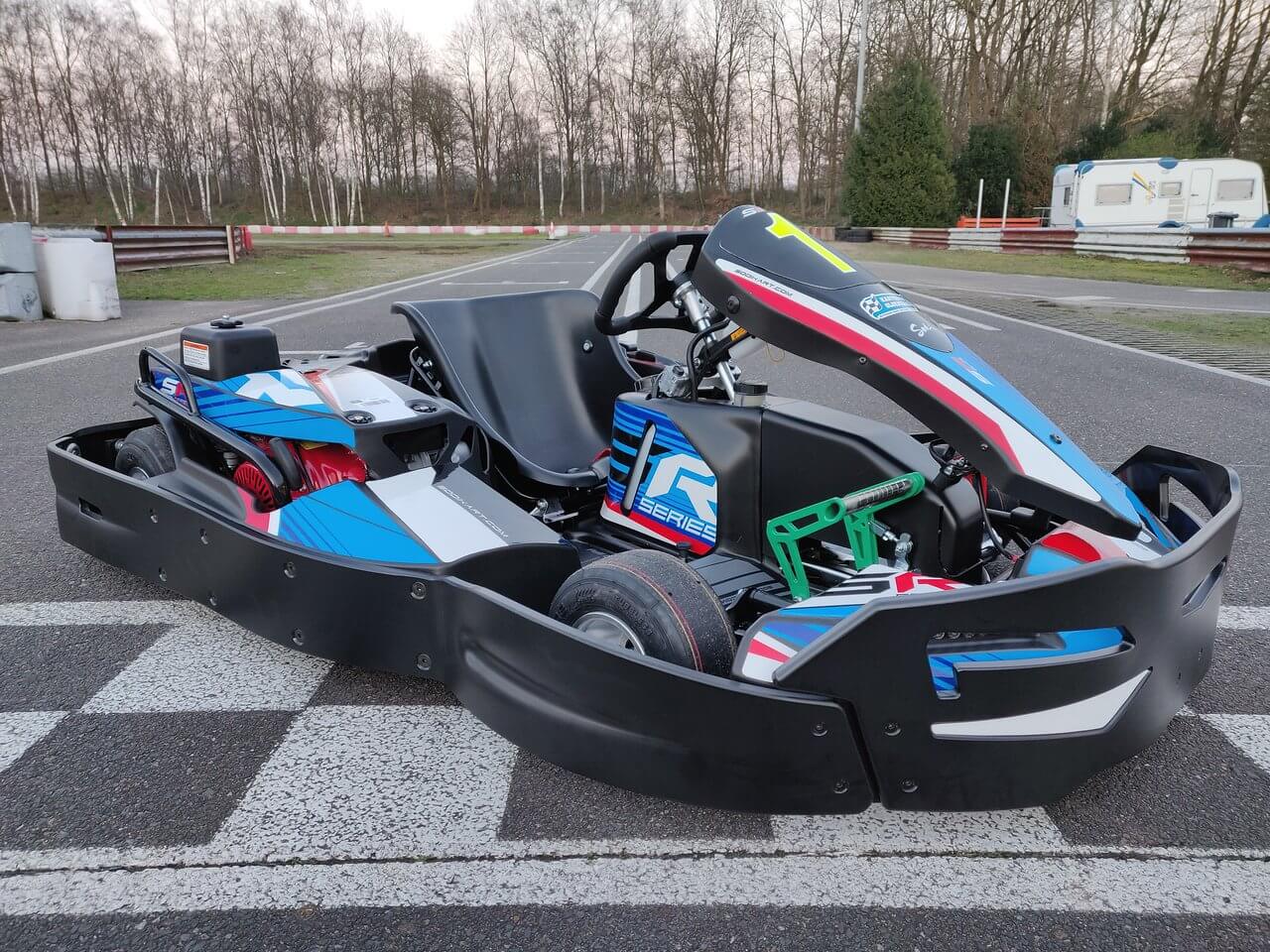
It’s in this context that the Sodi World Series was launched in 2009, to create a structured framework around rental karting. The SWS is based on a network of partner circuits committed to following a strict set of standards: exclusive use of Sodi Rental karts, rigorous maintenance, performance monitoring… The global ranking is managed via the website sodiwseries.com, and the brand also oversees the organization of the annual grand final. The result: a competition open to all, accessible, but with a real emphasis on quality 😎
Sodikart remains the market leader, but other brands like Birel ART, CRG, and Tony Kart with the Viper model also offer rental karts, used in some local or independent championships. These initiatives exist outside the SWS network, sometimes with original formats.
A good example is the French Rental Kart Championship (FRKC). Organized by a French association, this championship also uses Sodi karts, but outside the SWS circuit. It is notable for being a qualifying event for the Kart World Championship (KWC), another major global competition dedicated to leisure karting, open to the best drivers from each country 😉
ℹ️ Note that unlike the SWS, the KWC does not rely on a permanent network of circuits or year-round races. It’s an annual event bringing together qualified drivers from local selections such as the FRKC in France, the BRKC in the UK, or national championships in Belgium, Poland, and more.
These alternative competitions create real local momentum, but are often more low-key or limited to a single weekend per year. The SWS thus keeps a clear lead in terms of volume, visibility, and accessibility, with thousands of races held each year across every continent 🌏
How to register for a SWS race?
To take part in a SWS race, all you need to do is create a free driver account on the official website sodiwseries.com. During registration, you will receive a NIP (Driver Identification Number), which becomes your unique ID within the championship. This NIP is valid across all SWS categories (Junior, Sprint, Endurance, Ironkart, e-Sprint) and allows you to accumulate points in the official rankings 📝
Once registered, you can view events open for registration based on your country, your usual circuit, or a specific date. Each race includes practical details: format, duration, entry fee, number of available spots, access conditions, and more.
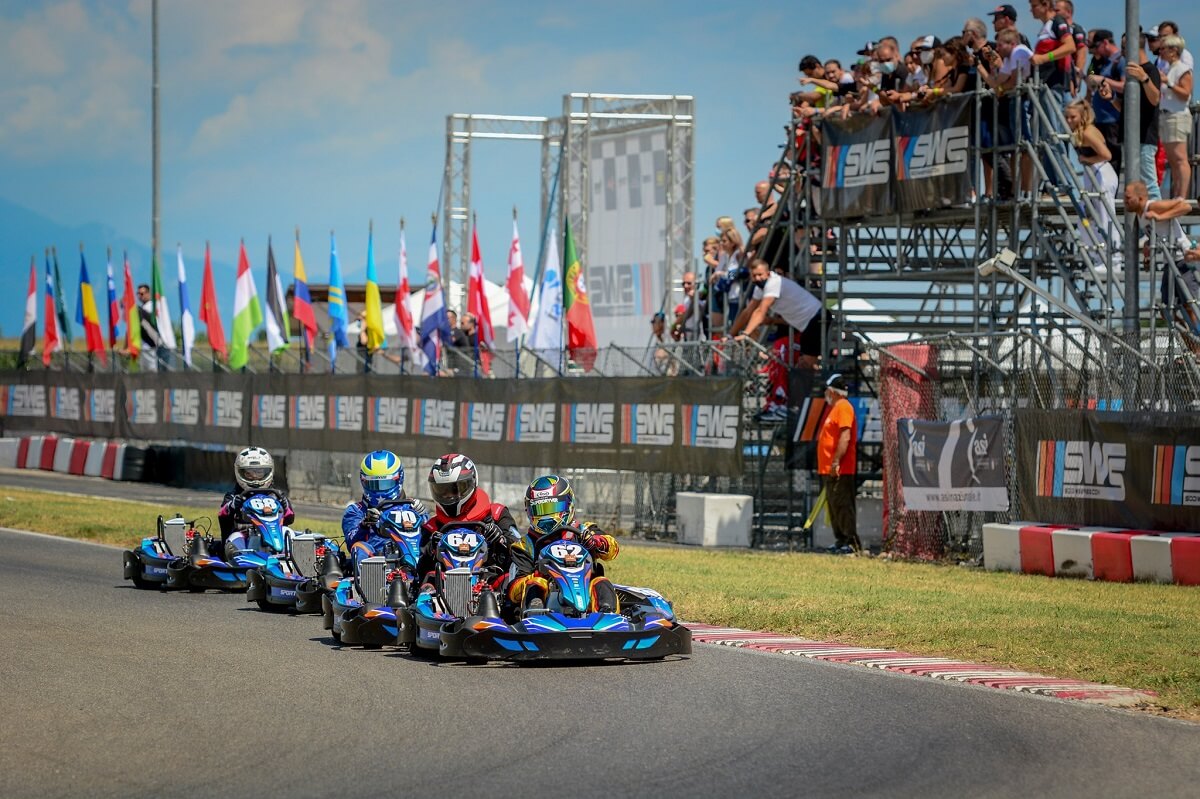
All that’s left is to book your spot, either directly online via the SWS platform or by contacting the relevant circuit (depending on local arrangements). No need for a racing license or medical certificate: everything is designed to keep access to competition simple, quick, and open to everyone 👍
👉 You can view the full SWS regulations here: Official SWS Regulations 2025
SWS: a global championship open to (almost) everyone
One of the major strengths of the Sodi World Series is its accessibility. This leisure championship is open to all drivers aged 7 and up, with no need for a license or personal equipment. As mentioned above, a simple free registration on the official website is all it takes to create a driver profile 😍
Then, each person can sign up for the races of their choice in their age category, anywhere in the world. There is no selection process to enter, nor any requirement to commit to a full season. You can race once or fifty times, depending on your preference and budget.
ℹ️ Each sanctioned race earns points toward an annual ranking, broken down by category, by country, and globally. The season follows the calendar year (from January 1st to December 31st), and the best drivers are invited to take part in the following year’s International Grand Final.
The SWS categories and their specificities
There are six main SWS categories:
- Junior Cup: for children aged 7 to 14, using suitable karts (generally Sodi LR5, SR5 or LR6). Races last at least 10 minutes.
- Ironkart Junior: same age group and equipment but with longer sessions (minimum 30 minutes) and rankings based solely on lap times.
- Sprint Cup: for drivers aged 15 and up. Races last at least 10 minutes.
- Ironkart Sprint: long solo sessions (at least 30 minutes), time-based rankings, for drivers aged 15 and over.
- Endurance Cup: races in teams of 2 to 10 drivers, lasting at least one hour, with driver changes and strategy involved.
- e-Sprint Cup: solo races for drivers aged 15 and up, on electric Sodi RSX karts, with a minimum format of 8 minutes.
ℹ️ Ironkart formats follow a time attack model, with rankings based on lap times (best lap, average, total, etc.). ⏱️
Age categories and additional rankings
- Junior Cup and Ironkart Junior: ages 7 to 14.
- All other categories: from age 15, with no upper limit.
Two sub-rankings have been added since 2023:
- Women Cup: for female drivers.
- Master Cup: for drivers aged 40 and over.
These sub-rankings don’t create separate races, but they do result in specific podiums and rankings, especially at the World Final.
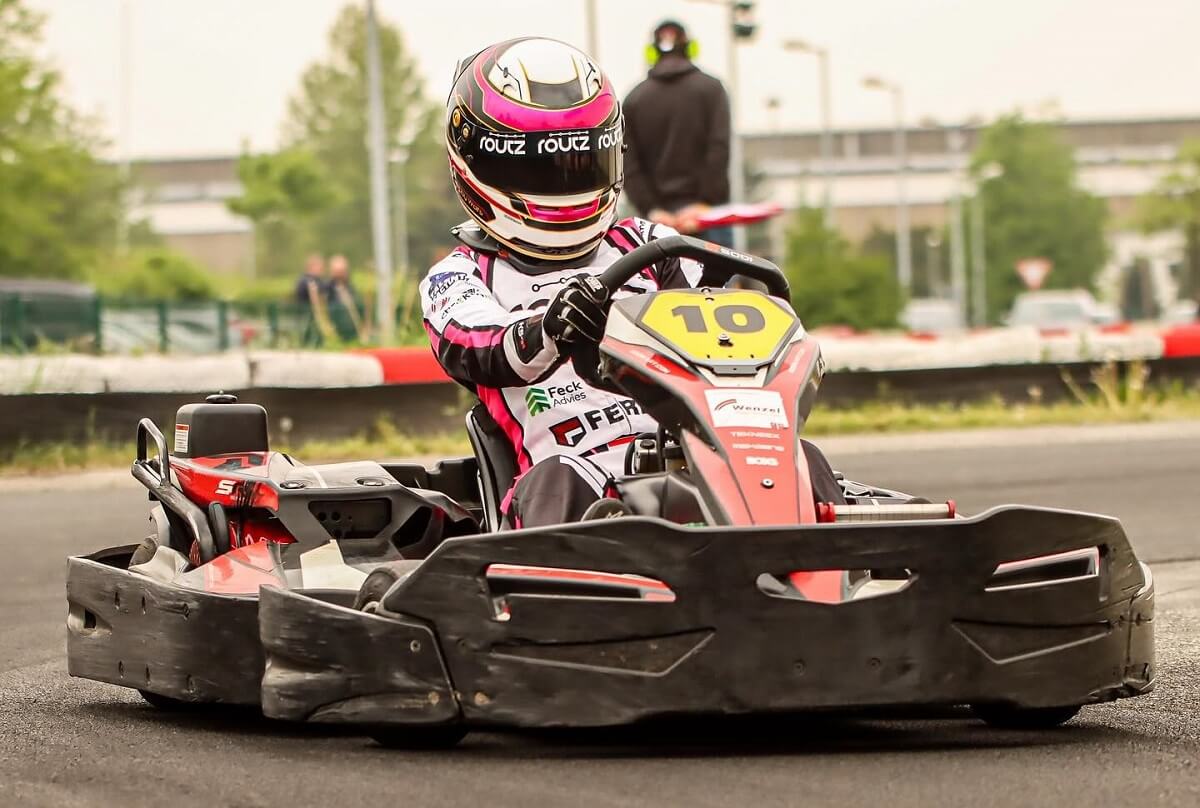
Where can you race in SWS?
Present in over 90 countries, the SWS is now the most international leisure karting championship ever created. You’ll find affiliated circuits all over the world: France, Spain, Italy, Japan, South Africa, United States, United Arab Emirates… Some countries have dozens of partner tracks, others just one. It doesn’t matter: any SWS-sanctioned race allows you to score official points 💪
➡️ See the map of official SWS tracks here
No matter where you race, your results count toward regional, national, and global rankings. This universal scope is what gives the SWS its strength: every driver is part of a global community sharing the same rules, the same points system… and the same dream of reaching the International Final.
What budget should you plan for participating?
One of the key advantages of the Sodi World Series is that it makes motorsport competition more accessible. But taking part in a SWS race still involves a certain budget, as each event has an entry fee. These are registration fees to be paid directly to the organizing circuit 💳
ℹ️ The good news is that these fees remain very reasonable compared to traditional competition karting. No need to buy equipment, maintain it, or handle transportation: everything is included in the race price, including the kart, fuel, organization, and often the gear (helmet, suit) if you don’t have your own.
Average prices by format
⚠️ Prices vary depending on the circuits, the type of kart used, the race format, and the amount of track time included. The examples below give a general idea, but keep in mind that each organizer is free to set their own rates ⚠️
Sprint Cup (solo adults)
Most 4-stroke or electric kart races are priced between €40 and €90. Depending on the format, this may include timed practice, one or more qualifying heats, and one or more races, for a total of around 30 to 50 minutes of track time.
Some circuits also offer SWS races with rental 2-stroke karts, such as the Sodi Sport fitted with Rotax 125 MAX EVO engines. These more powerful karts require a higher budget, usually between €120 and €150 for an event including qualifying and several heats (around 45 minutes of total driving). Still, it’s far more affordable than classic 2-stroke racing with your own equipment 😅
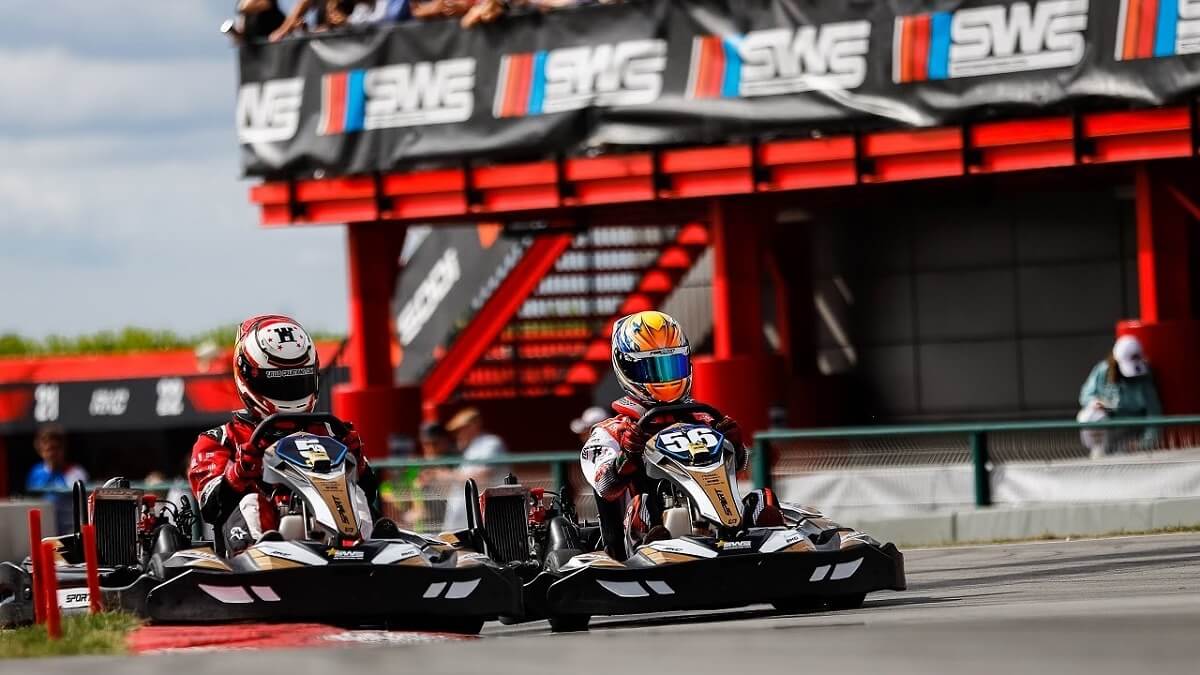
Junior Cup (children aged 7 to 14)
Races for younger drivers are often shorter, with fees ranging from €30 to €60 depending on the circuit and session duration.
Endurance Cup (team races)
Here, the fee is charged per team, then divided between drivers. Prices vary greatly depending on the race duration:
- 2h Endurance: between €150 and €250 per team
- 4h Endurance: between €300 and €500
- 6h Endurance: between €500 and €800
- 12h Endurance: from €1,000 to €1,600
- 24h Endurance: around €2,500 per team
Additional expenses to consider
Beyond the race costs themselves, you should also account for a few extra expenses depending on your situation:
- Transportation to the track: fuel, tolls, and possibly accommodation if the circuit is far away.
- Personal equipment: although most tracks lend helmets and suits, many drivers soon prefer to invest in their own gear (helmet, gloves, etc.) for comfort, safety, and hygiene reasons.
A reasonable budget to enjoy the season
With an annual budget of €200 to €500, it’s entirely possible to take part in several SWS races, especially in Sprint format or shared Endurance with friends. At this cost level, it’s hard to find a better way to race regularly in motorsport. Even the most affordable leisure formats in 2-stroke karting remain significantly more expensive to run.
See also: "Buying a used go-kart: prices and advice"
Fairness on track: kart lottery and performance balancing
To ensure fair competition, SWS races are based on two key principles: random kart assignment and driver weight equalization. Each competitor is assigned a kart randomly before the race (and sometimes before each heat), to reduce equipment-related differences and put the focus on driving skills 👍
In addition, a ballast system helps compensate for weight differences between drivers. Each driver is weighed, and if necessary, ballast is added to reach a common minimum weight (usually 85 kg, but this may vary depending on the circuit) ⚖️
These two elements are at the core of the SWS philosophy: accessible competition where talent makes the difference.
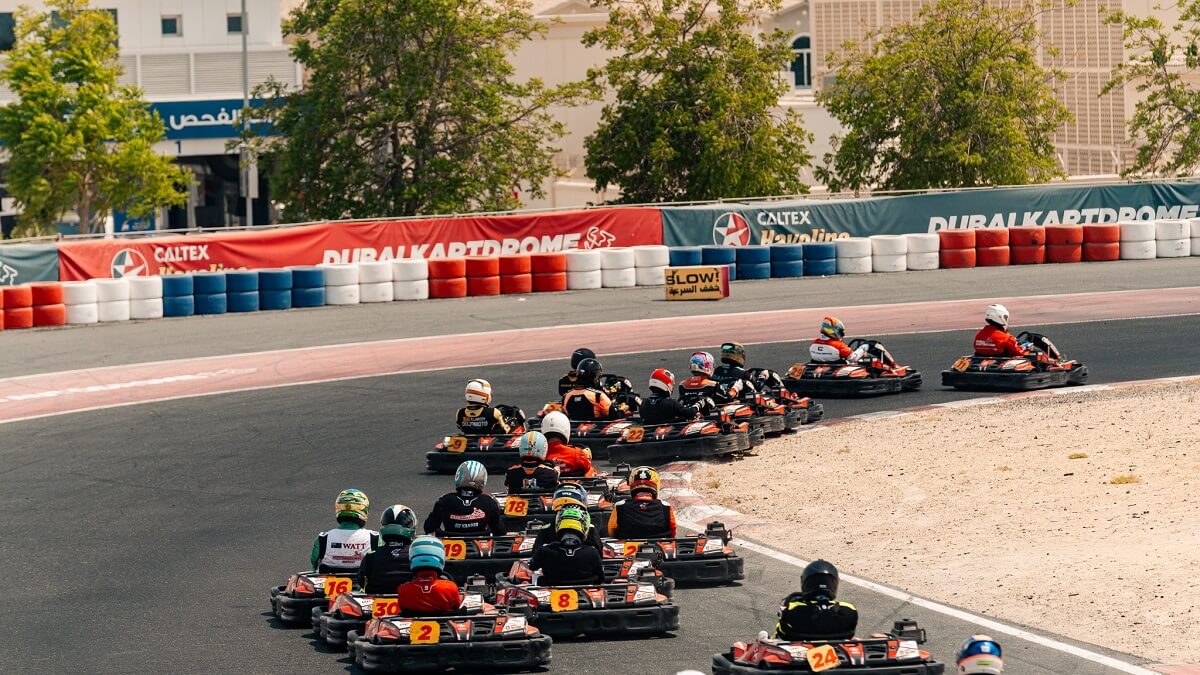
Limits and officiating
As with any leisure discipline, certain limitations remain. In Sprint, for instance, contacts can be frequent, and not all circuits apply the same standards in terms of safety or officiating. How dangerous behavior is handled (pushing, blocking, ignoring flags) may vary: while some circuits enforce strict penalties (drive-through, disqualification), others are more lenient 😐
Another factor to consider is the kart lottery. Even though all drivers are theoretically given identical equipment, some karts may perform slightly worse than others, due to wear or imperfect setup. Every driver experiences this at some point. It’s part of the unpredictability of rental karting competition, and it also emphasizes the importance of pure driving skill and consistency throughout the season 🙂
To avoid bad surprises, it’s best to favor circuits known for their professionalism, well-maintained fleets, and high-quality supervision—especially when entering races that count toward World Final qualification. That said, SWS is moving toward standardized regulations and stronger officiating at major finals, to ensure maximum fairness.
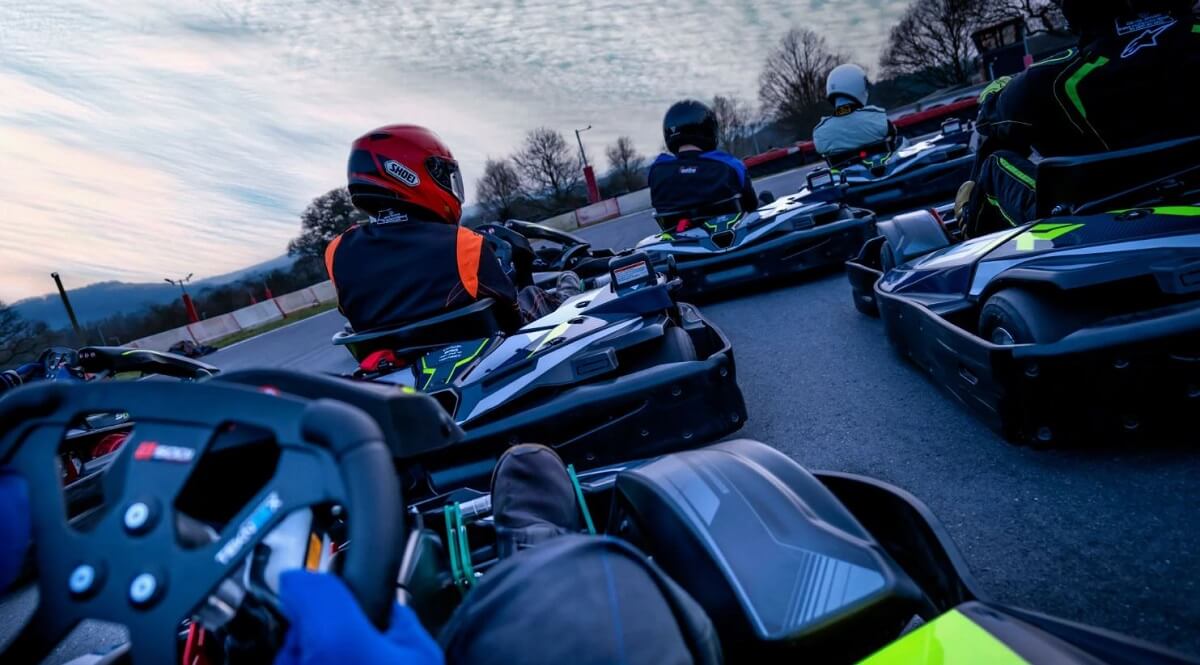
How does the SWS points system work?
Each SWS race earns you points toward global, national, regional, or track-specific rankings, but the scoring scale varies based on several factors 🤓
The principle is simple: the more participants, the more valuable the race. A win in a 30-driver race scores far more points than a win in a field of 8. This encourages drivers to join more competitive events to move up the rankings.
Another key rule: only your best performances count toward the final standings. The system only retains a limited number of results per season, depending on the category:
- Sprint Cup & Ironkart Sprint: a driver’s 16 best results (including 4 at their home track)
- Junior Cup & Ironkart Junior: the 12 best results (including 4 at the home track)
- e-Sprint Cup: the 12 best results (including 4 at the home track)
- Endurance Cup: a team’s 10 best results (including 3 at the home track)
This means you can enter many races to improve your chances, but only your most valuable results will count. In the event of a tie in the rankings, the system breaks the tie based on number of wins, then second places, and so on.
Additionally, certain competitions like regional finals benefit from bonus coefficients, which further increase the points awarded 🤪
ℹ️ The rankings are updated automatically after each validated race. They’re available online and allow you to track your progress, compare yourself to other drivers at your track or worldwide… and aim for qualification to the international finals!
The SWS International Final: the global summit of leisure karting
Each year, the Sodi World Series culminates in a highly anticipated event: the SWS International Final. It's the grand gathering of the best leisure drivers on the planet, qualified at the end of the previous season 🎉
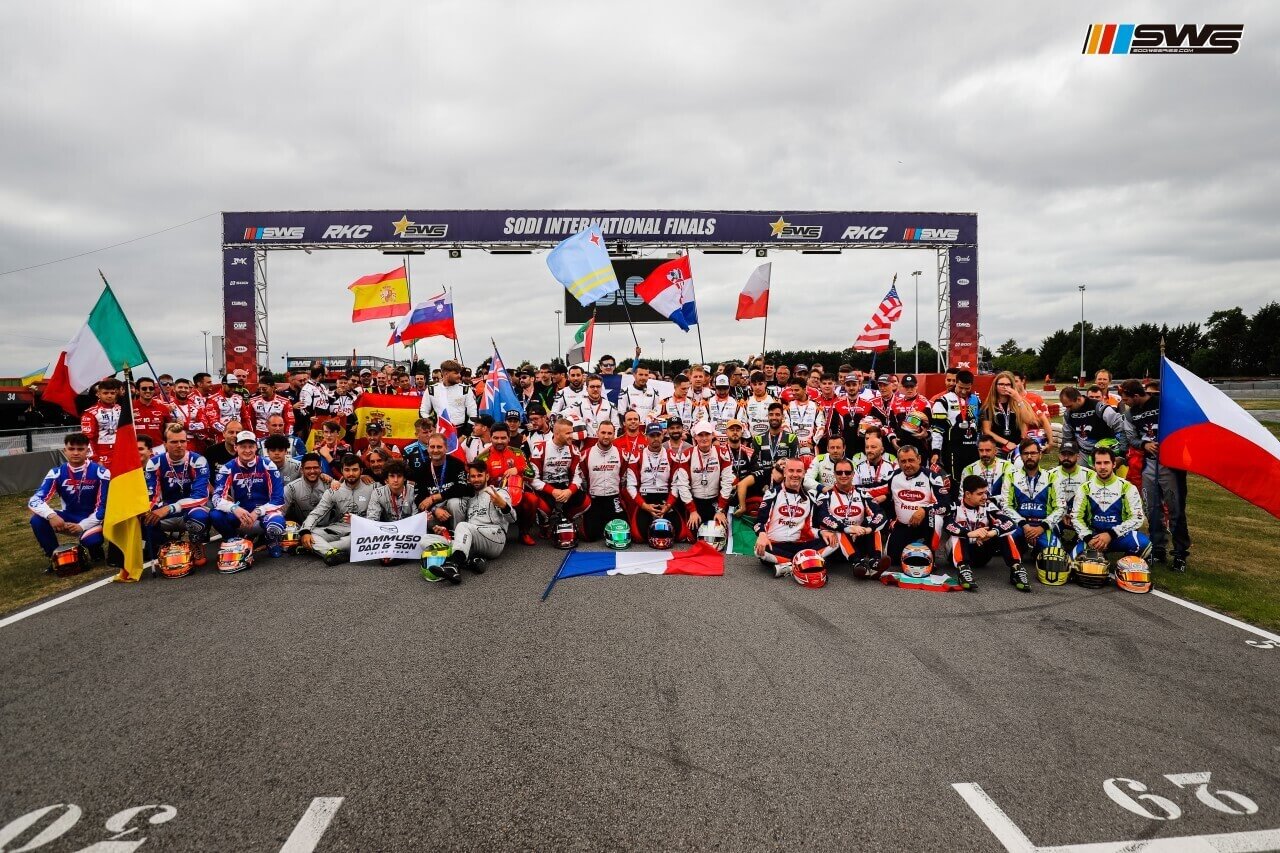
Organized by Sodikart and 3MK Events, the final changes location every year. It was held in Le Mans in 2014, Paris from 2015 to 2017, Lignano (Italy) in 2018-2019, Lonato in 2021, Campillos (Spain) in 2022, Bratislava (Slovakia) in 2023, Genk (Belgium) in 2024… and will return to Campillos from July 2 to 5, 2025. The 1.5 km Andalusian track, approved by CIC/FIA, will provide a high-level setting for finalists from around the world 🔥
In addition to the championship held throughout the year in over 90 countries, several key events punctuate the SWS calendar: the International Finals, Regional Cups on each continent, and specific events for electric or long-distance formats.
Qualification and quotas
To qualify for the final, drivers must rank among the best in the annual world standings, finalized on December 31. Qualification quotas are published by Sodikart at the beginning of the following year. For 2025, they are set at 105 drivers in Sprint Cup, 60 in Junior Cup, 30 in Women Cup, 30 in Master Cup, and 50 teams in Endurance Cup. Each country receives a number of slots proportional to its annual participation.
ℹ️ Selected drivers receive a free invitation. Only travel expenses are at their own cost. If someone withdraws, the next in the standings is invited as a replacement.
An international festive gathering
More than a competition, the SWS Final is a unique annual moment: hundreds of drivers from every continent share their passion over three to four days. In 2024 in Genk, 410 drivers from 46 countries took part. The atmosphere is both festive and competitive, with entertainment, simulators, live broadcasts… and a big closing ceremony 🥳
Professional-level organization
On the sporting side, the schedule is packed and inspired by traditional competition karting standards: free practice, qualifying, heats, finals, and even Super Heats as seen in 2024 for the top categories. Karts are drawn by lottery at regular intervals, drivers are ballasted if needed, and all mechanical management is handled by the organization to ensure fairness.
High-level performances
In the 2024 Sprint Cup, Belgian driver Simon Delvenne took the win after nearly ten years of participation. He beat a Polish and a Czech driver on the podium. In the Endurance Cup, the team PF Racing (Germany/Netherlands) completed 529 laps in 12 hours, narrowly beating the Italian team Infinity, who finished just 35 seconds behind.
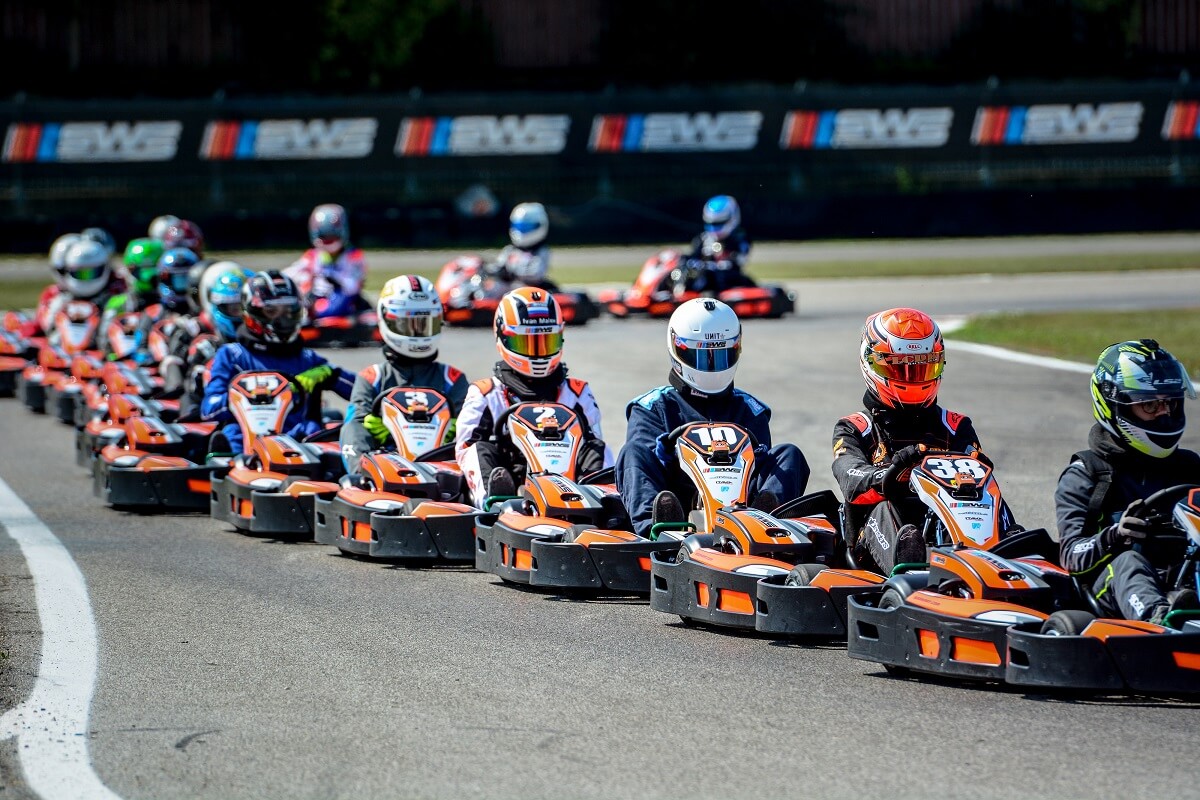
These performances reflect the very high level of competition and show that even leisure drivers can achieve results worthy of pro karting. The growing prestige of the Final attracts more and more contenders each year, and the 2025 edition is already looking exceptional 😋
Bridges with competition karting: when 2-Stroke drivers race in SWS
Even though SWS remains a leisure format, it doesn't live in a bubble. In recent years, interactions between SWS and traditional 2-stroke karting have increased 👍🔥
On one side, high-level drivers used to racing with competition chassis and Rotax or X30 engines sometimes enter SWS events for fun or as training. The equipment is different (heavier, less powerful), but it’s a valuable exercise: it helps work on consistency, traffic management, and overtaking in varied conditions.
These appearances bring an extra level of performance and competitiveness, while giving amateurs the chance to measure themselves against motorsport benchmarks 💪
On the other hand, SWS itself is starting to build official ties with the competition karting world. In 2023, a partnership between Sodikart and BRP-Rotax was launched, allowing the e-Sprint Final winner (in electric karting) to take part in a round of the Rotax Max Challenge Euro Trophy in the E20 category. This kind of initiative highlights the growing recognition SWS is gaining even within more “pro” spheres of karting.
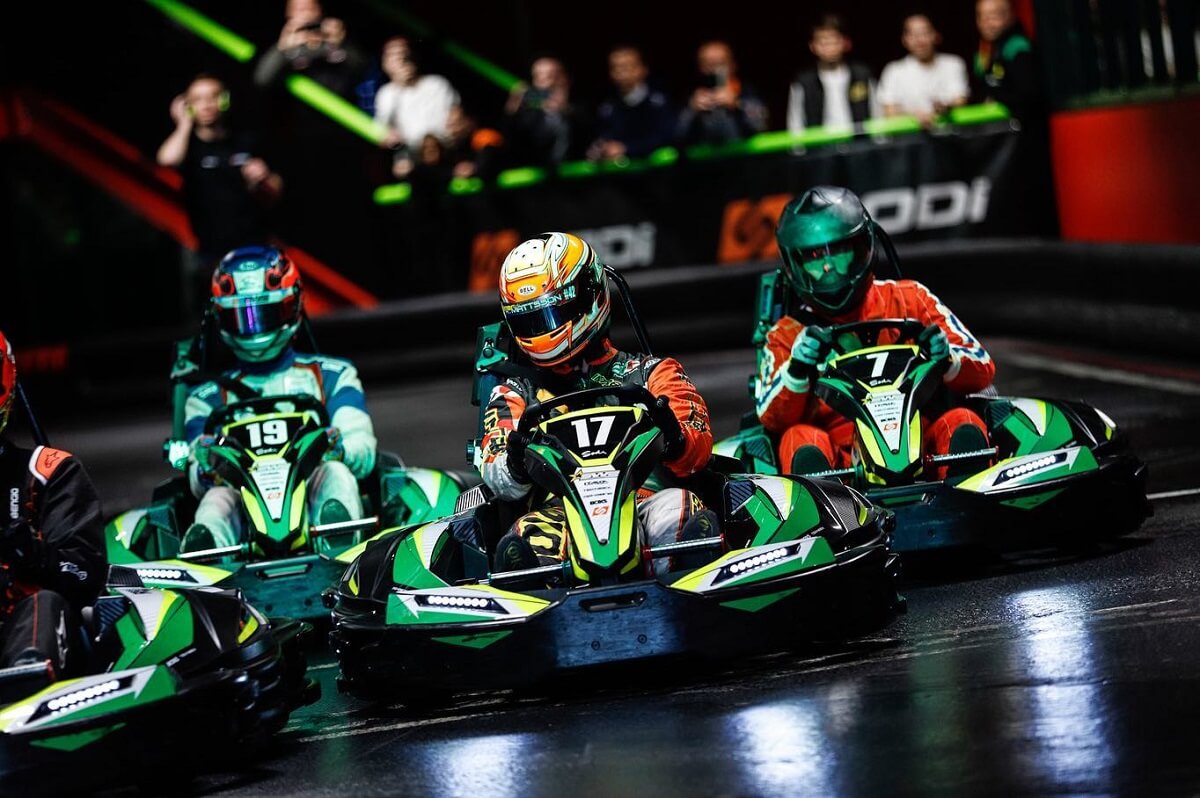
Finally, many SWS drivers remain active—or become active—in 2-stroke karting: some buy their own equipment to race in regional championships while continuing with SWS. Others return to leisure karting after a career in KZ, X30 or Rotax, drawn by the flexible schedule and reduced budgets. The boundary between the two worlds is becoming more porous. And that’s a good thing: SWS helps make karting a more open, more accessible, yet still demanding discipline. A shared passion, regardless of budget or experience level.
Why did Sodikart launch SWS? A strategic development tool
Behind the SWS lies a clear industrial vision. Sodikart, the French kart manufacturer and global number one in rental karting, didn’t launch the series out of pure sporting passion. The creation of the Sodi World Series also responds to a well-thought-out strategy 💰
The initial goal was twofold: unite circuits equipped with SODI karts around a common championship… and build a loyal community around the brand. By offering leisure customers a simple, consistent, and motivating competition framework, Sodikart increases the value of its products to partner circuits. A center that hosts SWS races can attract more customers, build loyalty, and boost its offerings.
From a marketing perspective, the SWS is also a powerful global awareness tool. Thanks to its international rankings and spectacular finals, the name SODI appears in thousands of videos, posts, and results. The brand remains at the center of the ecosystem without needing to sponsor an external competition.
Finally, this structure allows Sodikart to connect with its other activities, such as selling competition karts (2-stroke) or electric models, turnkey rental solutions for circuits, or even branded merchandise (Sodi Racing Team, gear, etc.). The SWS thus creates a natural funnel: many drivers discover karting through rental, get hooked, and some eventually move on to buying equipment or racing more seriously… still with SODI.
In short, the SWS is both a free service for drivers, added value for tracks, and an excellent business development tool for the brand. A win-win strategy that likely explains the championship’s longevity and success 👏
Conclusion: SWS, a long-term success story
In just over ten years, the Sodi World Series has established itself as the global reference for leisure karting. Its success lies in a simple but incredibly effective formula: easy access, a friendly atmosphere, a real ranking structure, and strong support from a major player like Sodikart 💪
At a time when motorsport is seeking to reach a broader audience, SWS proves that it’s possible to combine competition with accessibility. More than 135,000 drivers have already joined the adventure, and momentum is growing: over 14,000 races organized in 2024, compared to 10,800 the previous year, with more than 700 partner circuits worldwide 😱
Beyond the numbers, a true sense of community has emerged. Whether you're racing in Paris, Dubai, or Bangkok, you're part of the same ranking, the same dream of a world final, and the same values of fair play and on-track enjoyment. This global sense of belonging is undoubtedly one of SWS’s greatest strengths.
Sure, other local or regional initiatives exist—many of them very well-run—but none match its international reach or structural scale. Thanks to Sodikart’s involvement and the growing commitment of drivers, SWS is solidifying its place as the go-to competition for anyone wanting to race without having to invest in their own kart.
So if you’re thinking of stepping up from casual karting to becoming a ranked driver in a global championship, all you need is a SWS account and a bit of courage. And who knows—maybe one day your name will appear among the International Final winners? 🥳

